Follow our founder, Bishop John Strachan, as he takes you into some of Trinity’s forgotten spaces and unusual places. John will be updating this page on occasion with new spaces for you to explore.
Leave your comments below to let us know where we should go next or to share your stories of your hidden corners of the Trinity College campus.
The Chapel Attic
Above the soaring vaulted ceilings of Trinity College Chapel, there is a framework of steel. Few have ever seen it. In 2004, some of the pilasters were repaired using long stainless-steel screws.
More than 60 feet below, underneath the floor behind the chapel’s main altar, is the original limestone high altar. Beneath this lie the ashes of Archbishop G.F. Kingston, former Dean of Residence and Primate of All Canada.
Consecrated in 1955, the Trinity College Chapel is the last and greatest work of famed British architect Sir Giles Gilbert Scott. Today, it is considered one of the finest examples of Gothic architecture on the continent and is often compared to some of Europe’s great Gothic cathedrals, including Scott’s famous Anglican cathedral in Liverpool. Scott also designed the Cambridge University Library and Waterloo Bridge.
St. Hilda’s Green Roof
A favourite space for some in the College community, the green roof on St. Hilda’s College Residence is completely unknown to others. The rooftop garden is just one of many projects spearheaded by members of the Trinity Environmental Protection Committee and the Trinity Environmental Club. Completed in the summer of 2008 and funded by a pledge from the Students of Trinity College and the class of 1958, the 2,000-square-foot space provides a leafy sanctuary for busy students and staff. It also helps to cool the building in the heat of summer due to its insulating properties.
Trinity’s Abandoned Language Lab
Stepping into the Trinity College Language Lab is like walking into a time capsule. Information on the lab is scarce, but according to one source, the lab was installed in 1960 and at that time contained 12 reel-to-reel student workstations.
The language lab offered the option of individualized language instruction through the use of tapes and headphones, or full-class involvement. It allowed teachers to listen to and manage student audio, and students to learn by simultaneously listening to instruction and recording their own voices.
In 1974 a new console, which incorporated a record player, was added and the student positions changed to the Sony cassette type. A second room was added in the 1970s. It housed a video cassette recorder, a large television monitor, and loudspeakers, making the room ideal for courses with an audio-visual component.
The lab likely closed in the mid-1970s, when Trinity’s French department fully integrated with U of T’s Faculty of Arts and Science.
Behind the Chapel Organ
The Great Organ is the heart of the Trinity Chapel. Installed in 1954, the two-manual Casavant was designed in consultation Dr. Healey Willan and Sir Ernest MacMillan, two of Canada’s foremost 20th-century musicians. Its maker, Casavant Frères of Sainte Hyacinthe, Quebec, has since become one of the leading organ builders in North America.
The organ’s nondescript wooden console, not much bigger than a baby grand piano, nestles in the choir loft at the rear of the chapel’s nave. The organ contains more than 1,400 pipes, both metal and wood.
Henderson Tower
Bishop Strachan tests out his urban apiculture skills on one of two beehives located on the roof of Henderson Tower. Welcomed to the Trinity community in 2010, the bees and their hives are looked after by The University of Toronto Beekeeping Education Enthusiast Society (B.E.E.S.), which also keeps three hives on the rooftop of the U of T Faculty Club.
Opened in 1942 along with the East and West wings of the Trinity College building, the tower is named for the Henderson family, who were generous benefactors to the College.
Photography: Nazerit Hagos

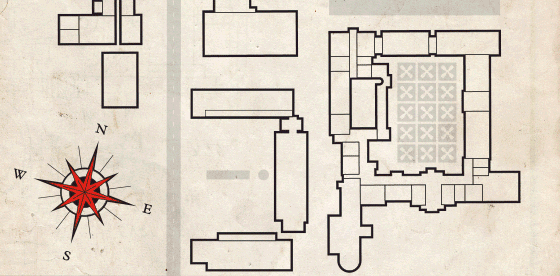
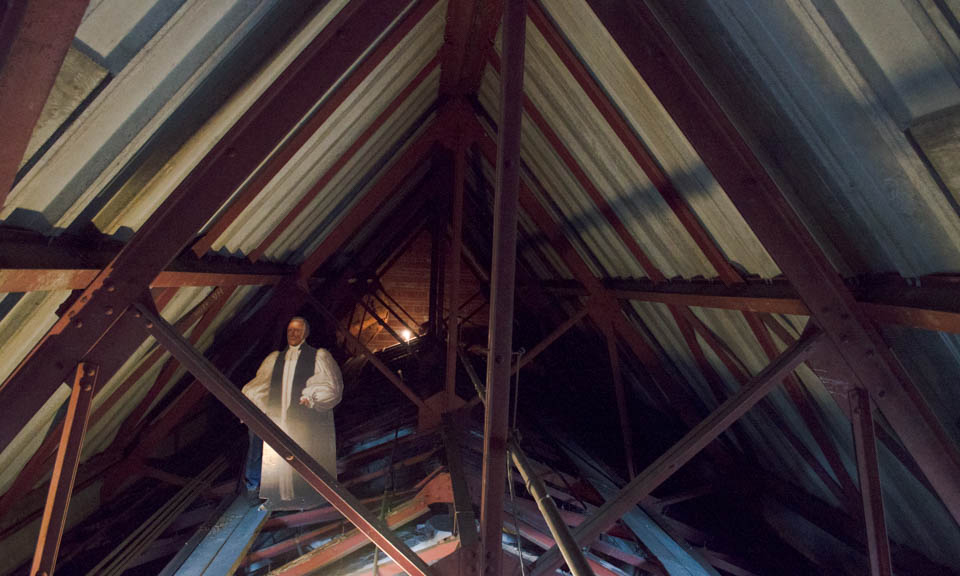
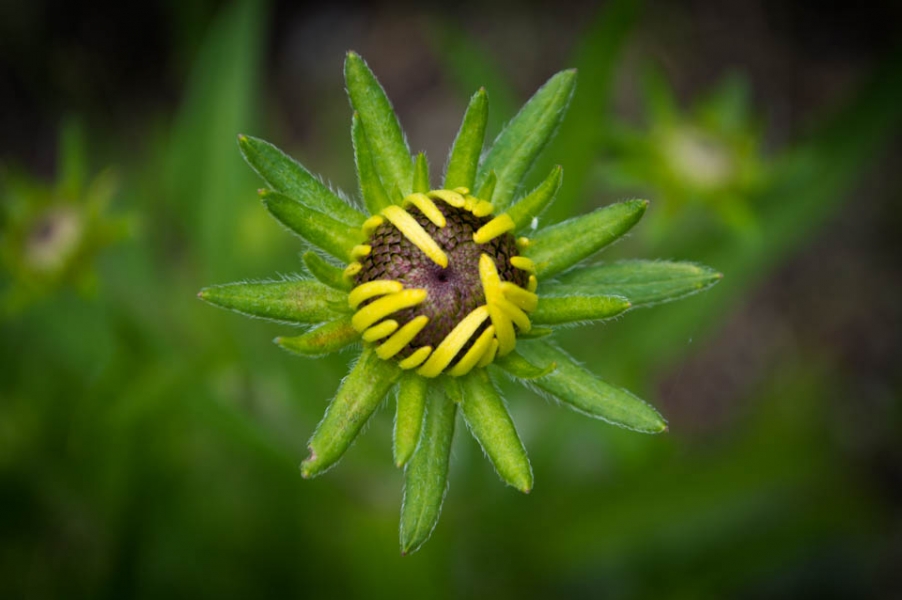
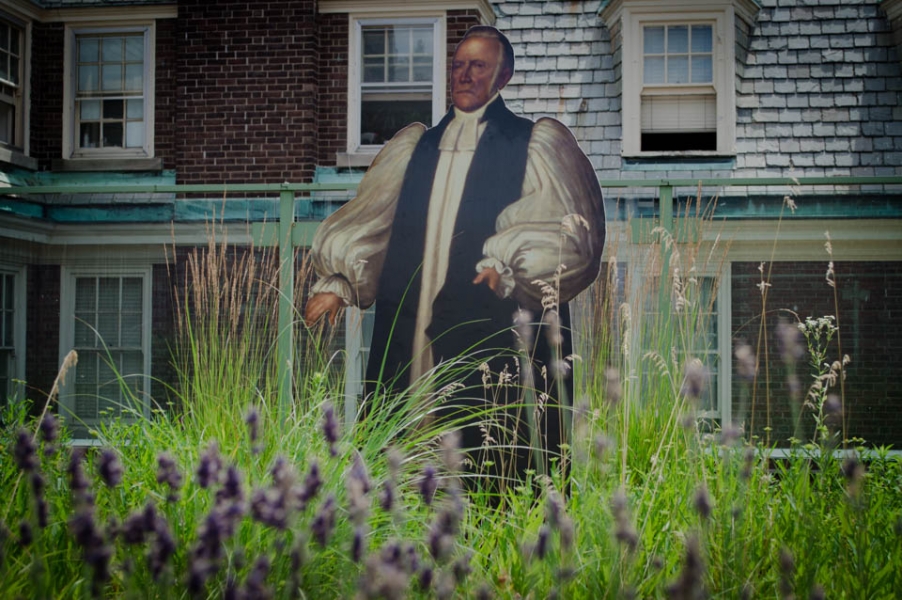
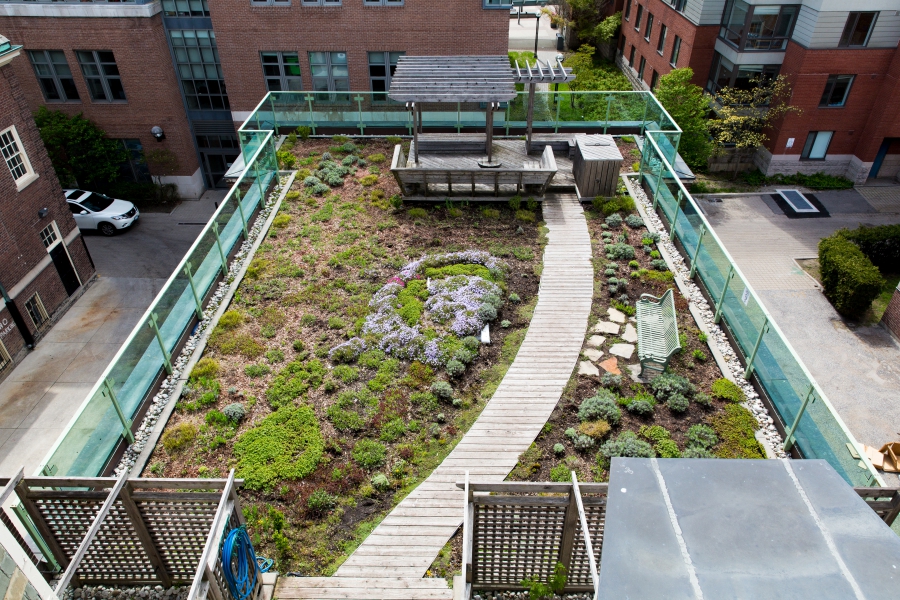
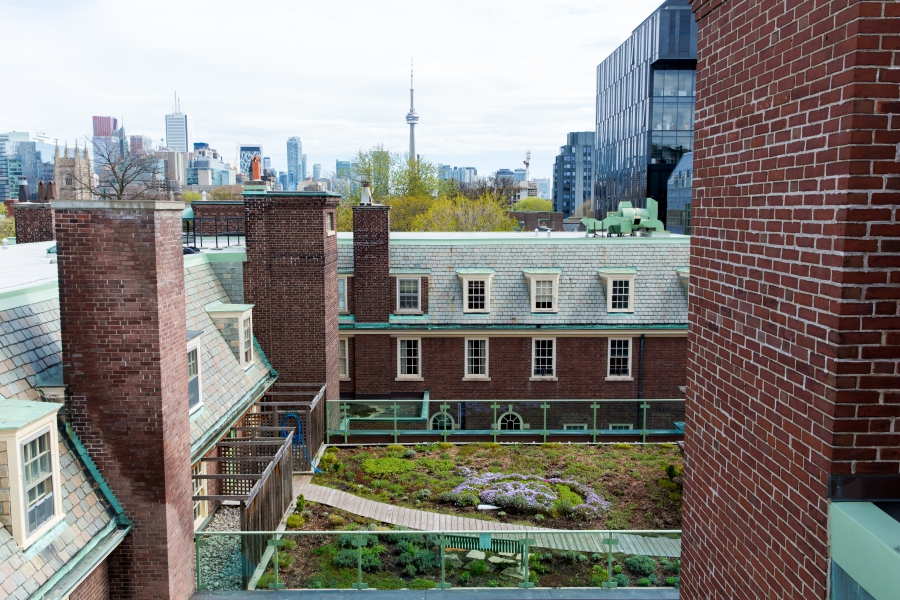
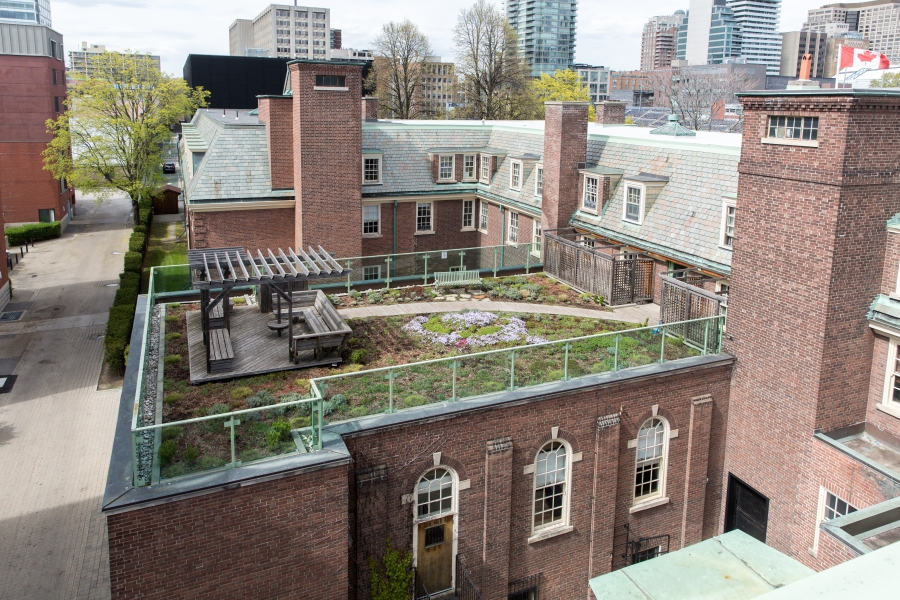
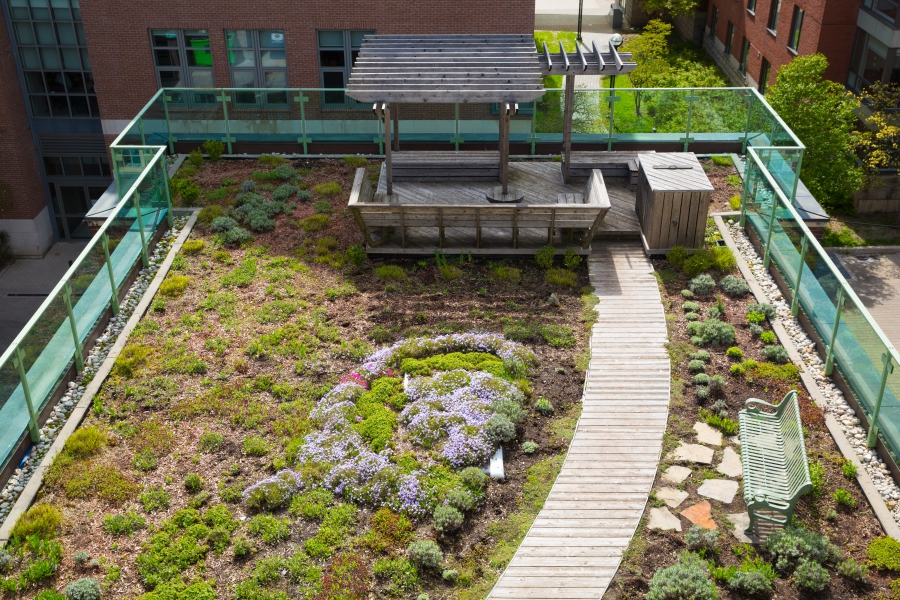
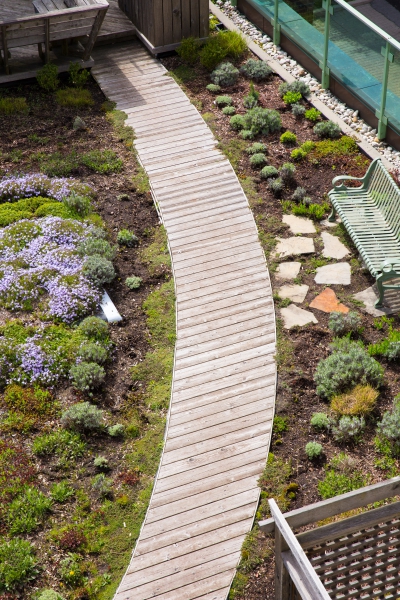
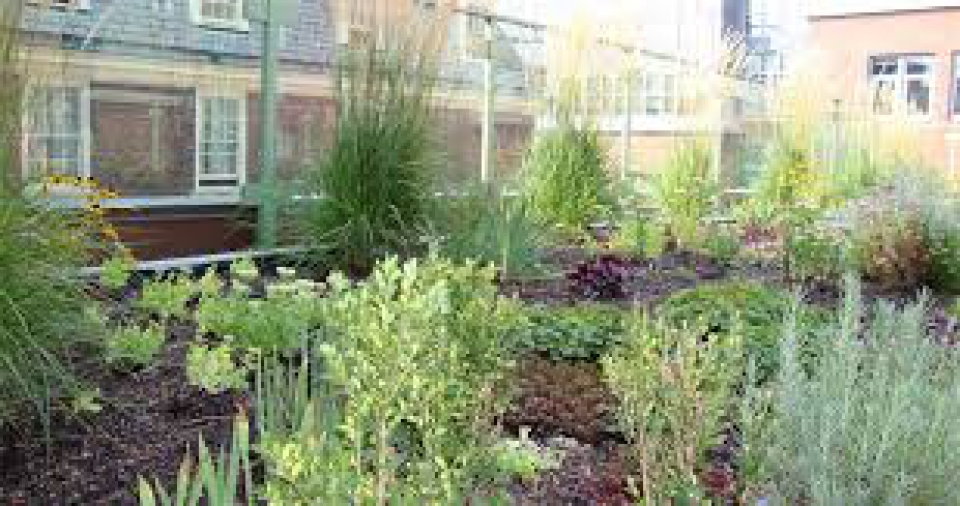
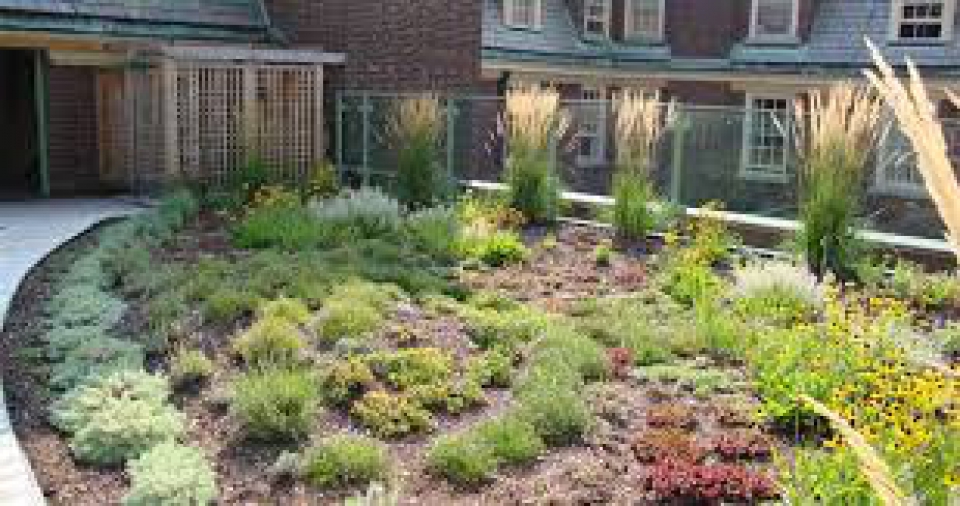
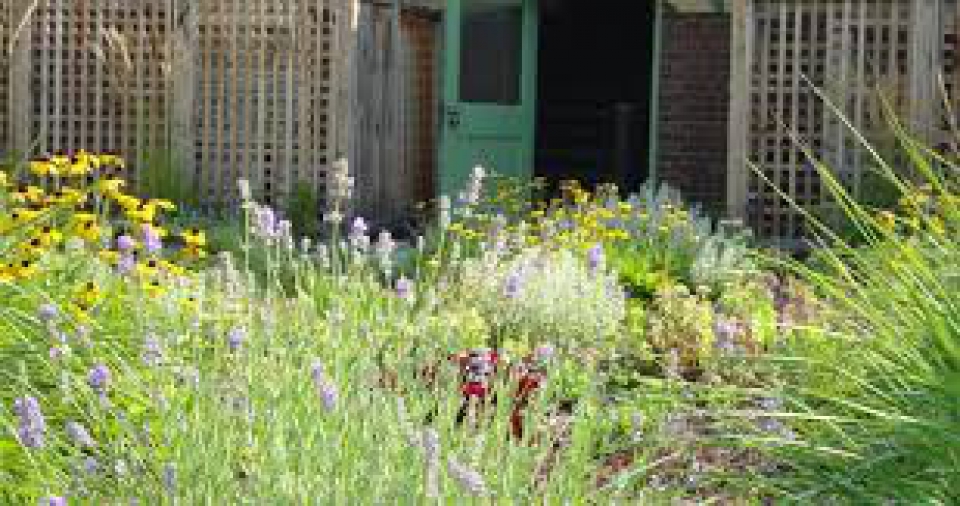
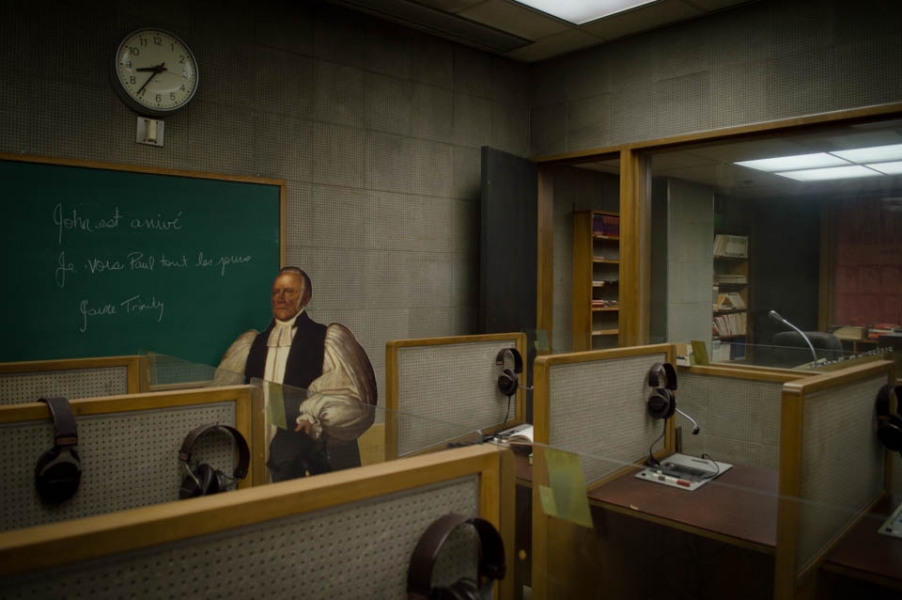

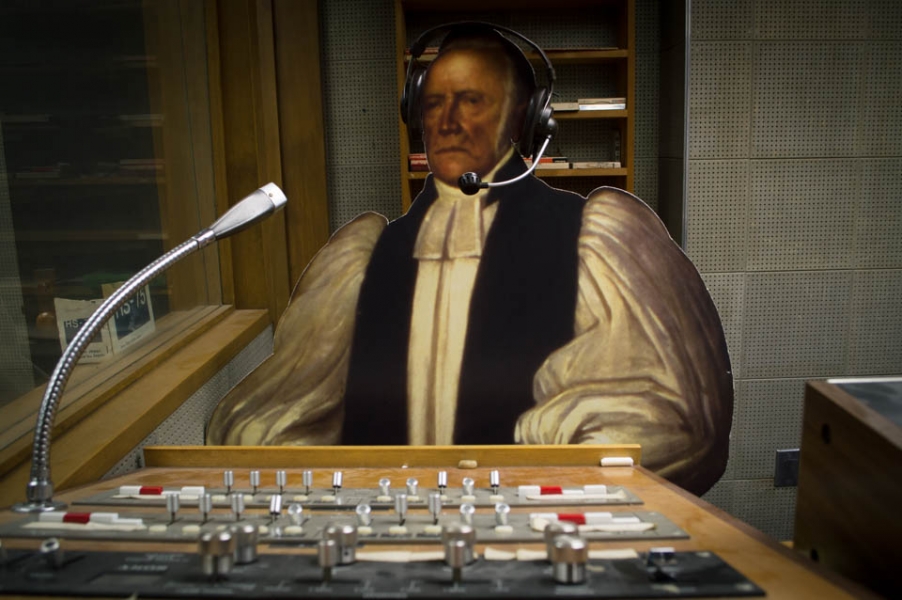



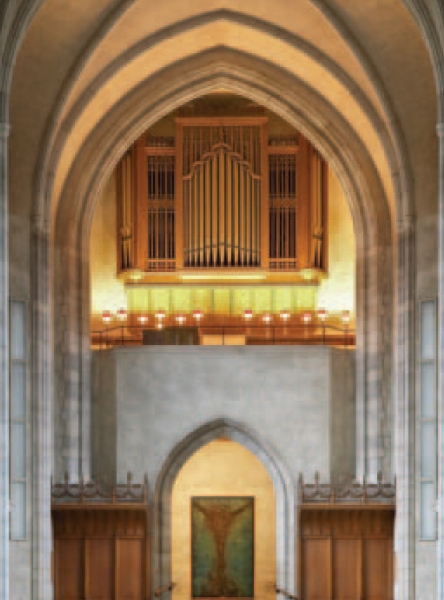
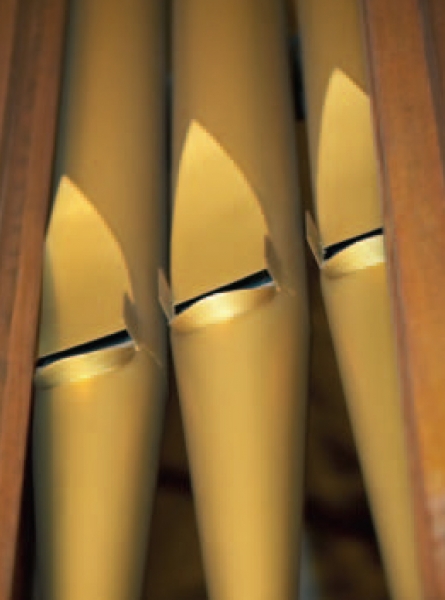
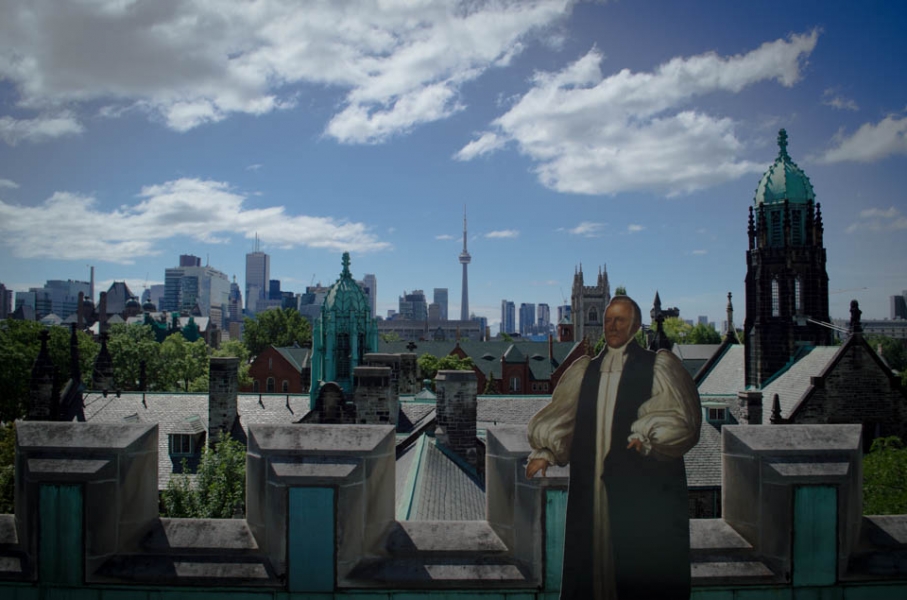
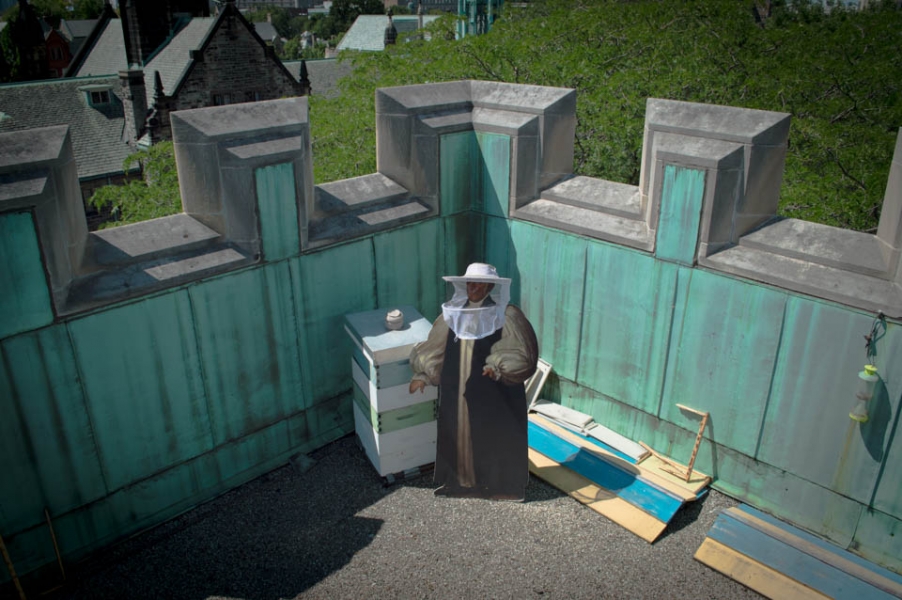
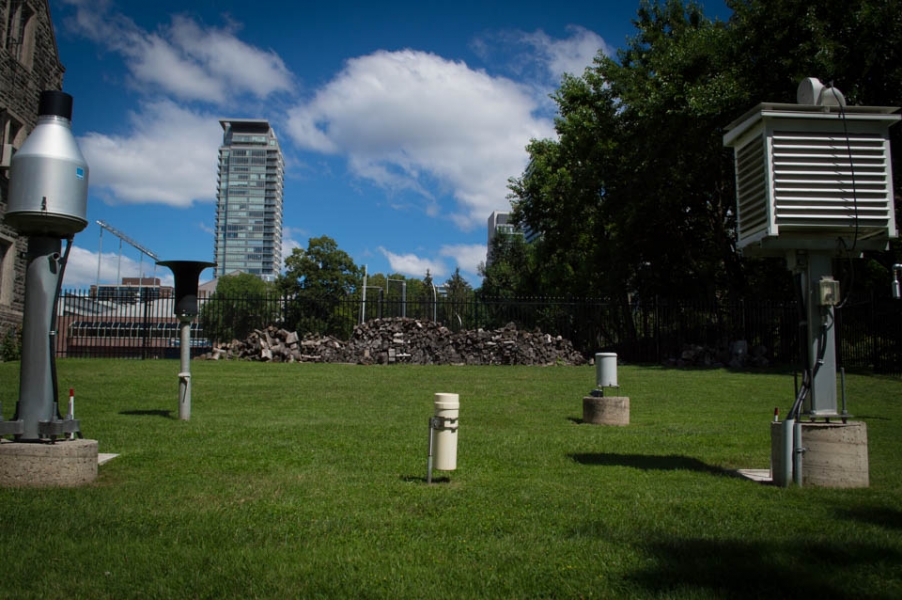
Sorry, comments are closed for this post.